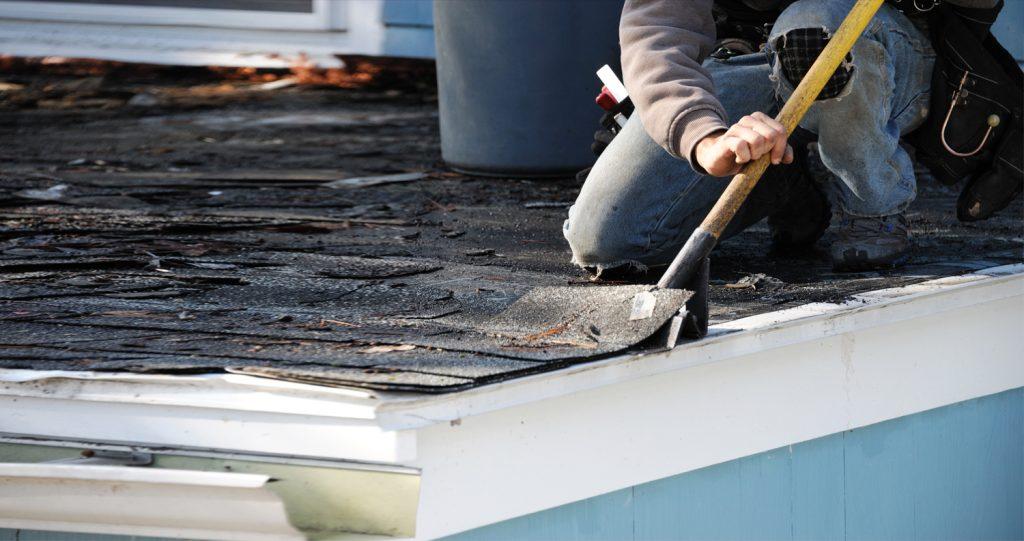When it comes to roofing, it’s not unusual to wonder about the number of layers of shingles that are allowed on a roof. Whether you’re planning to replace your old roof or considering a second layer, understanding the rules and implications is crucial. In this article, we’ll delve into the world of roofing regulations, the pros and cons of multiple shingle layers, and whether it’s a viable option for your home.

Roofing Regulations and Guidelines
Before we dive into the specifics of layers, it’s essential to understand that roofing regulations can vary by location. Building codes, set by local authorities, typically dictate how many layers of shingles are allowed on a roof. While regulations differ, most areas follow a few general guidelines:
- Two-Layer Limit: Many regions permit two layers of shingles on a roof. However, this usually comes with a caveat – the existing roof layer must be in good condition, with no signs of significant damage or deterioration.
- Tear-off Requirement: In most cases, if there are already two layers of shingles on your roof, local building codes will require a complete tear-off of the existing layers before a new roof can be installed. This ensures that the structural integrity of the roof isn’t compromised.
- Structural Considerations: While not directly tied to the number of layers, the strength and load-bearing capacity of your roof’s structure are also critical factors. If your home’s structure isn’t robust enough to support the weight of multiple layers, it can lead to costly problems down the road.
The Pros of Adding a Second Layer
Now that we understand the regulations, let’s explore the advantages of adding a second layer of shingles:
- Cost Savings: One of the most significant advantages is cost savings. Installing a second layer is generally less expensive than a complete tear-off and re-roofing.
- Time Efficiency: Adding a second layer can be a quicker process since it eliminates the need for removing the old shingles. This can be especially beneficial in areas with unpredictable weather.
- Energy Efficiency: Multiple layers can provide added insulation, potentially improving your home’s energy efficiency.
The Cons and Caveats
While there are benefits to adding a second layer of shingles, there are also drawbacks and considerations:
- Weight: Each layer of shingles adds weight to your roof. This can strain the structure, potentially leading to sagging or even a collapsed roof if not properly evaluated.
- Shorter Lifespan: Multiple layers can lead to reduced shingle lifespan. The bottom layer can trap heat, causing the upper layer to deteriorate faster.
- Repair Challenges: Roof repairs can become more complex with multiple layers. Locating and fixing leaks or other issues may require extensive work.
Determining the Right Choice
Ultimately, the decision to add a second layer of shingles should be made carefully. Start by consulting your local building codes and regulations. If it’s allowed, assess the condition of your existing roof. If it’s in good shape and your structure can support the added weight, a second layer might be a cost-effective solution.
However, if your current roof is damaged, it’s usually best to opt for a complete tear-off and re-roofing. This ensures that your new roof starts with a clean slate and maximizes its lifespan.
Conclusion
So, how many layers of shingles are allowed on a roof? The answer depends on where you live and the condition of your current roof. Adding a second layer can be a cost-effective option, but it’s essential to consider the pros and cons carefully. Consulting with a professional roofing contractor can provide valuable insights and help you make the right choice for your home.



Leave a Reply